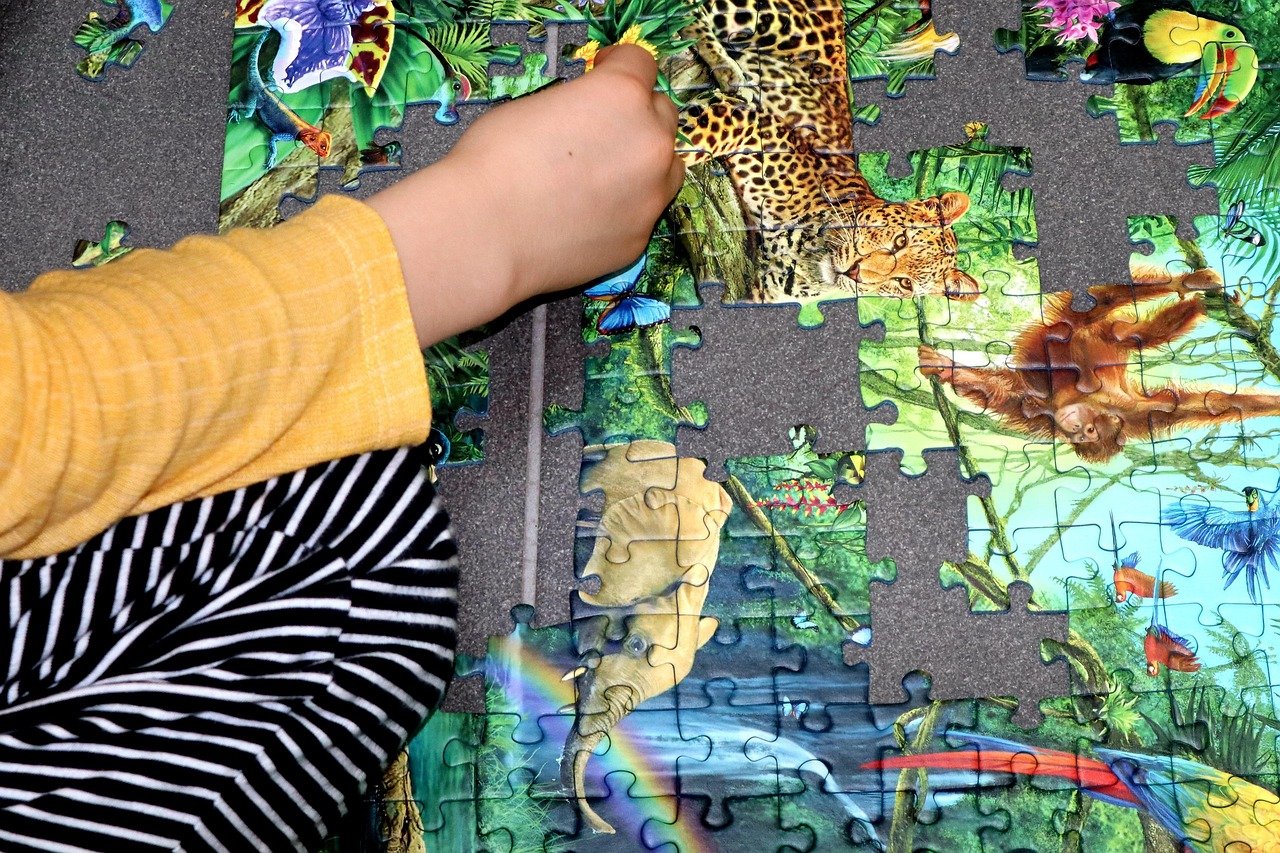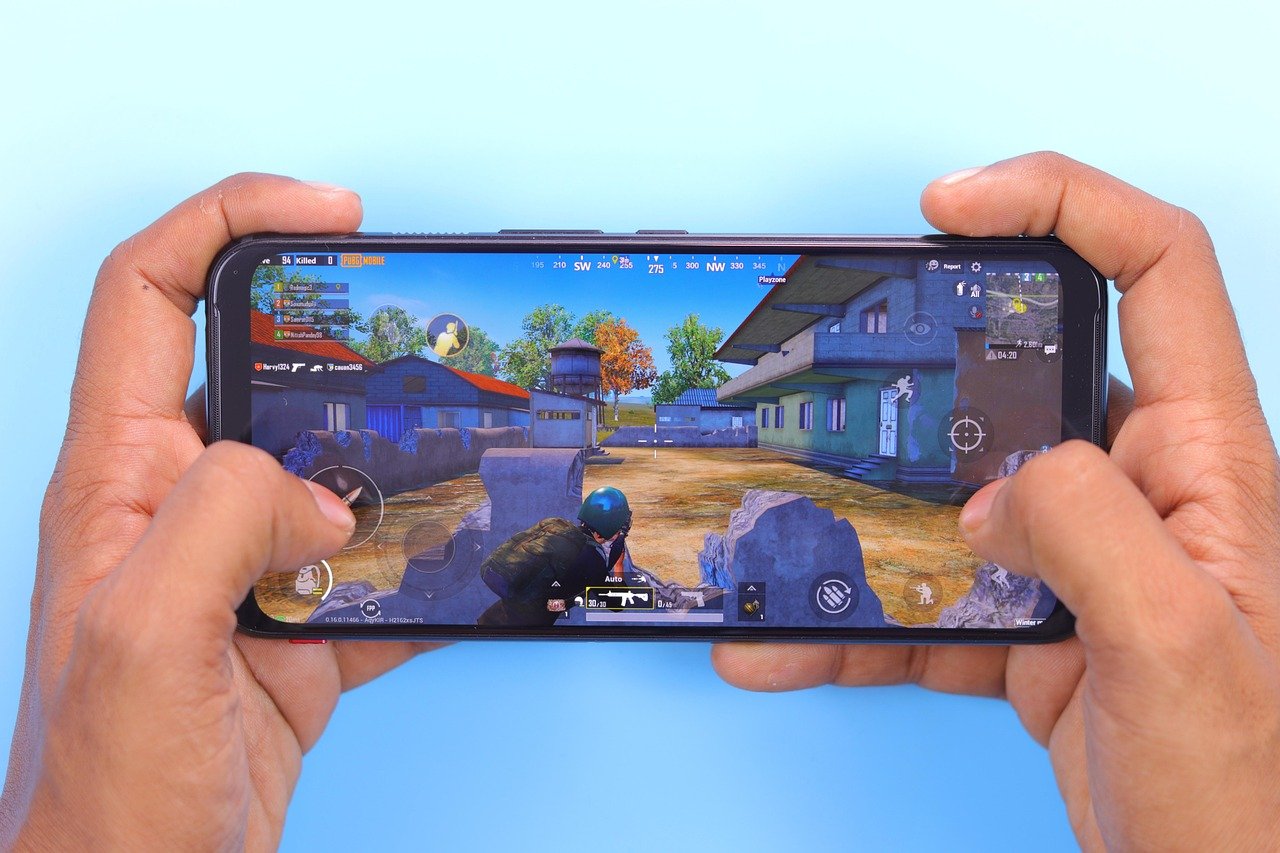The modern digital media landscape is characterised by its rapid pace, relentless innovation, and constant churn of content. Within this ecosystem, a fascinating phenomenon occurs when a legacy institution and a contemporary digital-native outlet converge on the same cultural point. Such is the case with the notable intersection of The New York Times’ puzzle “Connections” and its coverage by Mashable. This convergence represents more than just a media outlet reviewing a game; it signifies a broader cultural shift in how we consume entertainment, the enduring power of word games, and the strategies digital publishers employ to engage their audiences. The discussion surrounding connections between NYT and Mashable is a multifaceted case study in modern media. It encapsulates the viral nature of certain types of content, the search for communal digital experiences, and the cross-generational appeal of intellectually stimulating puzzles. This analysis will delve into the origins of the game, the context of its Mashable feature, the SEO and cultural implications of their connection, and what this synergy reveals about the future of digital content and audience engagement.
Understanding the Components: The New York Times’ Connections and Mashable’s Role
To fully appreciate the significance of the connections between NYT and Mashable dynamics, one must first understand the two primary entities involved and their distinct positions within the media hierarchy.
The New York Times’ “Connections” Game
Launched in June 2023, “Connections” quickly ascended to become a staple in the daily routines of millions, joining the ranks of the iconic Wordle, which the Times had acquired previously. The game presents players with a grid of 16 words. The objective is to group these words into four secret categories of four items each. For instance, words like “button”, “zip”, “snap”, and “velcro” might form the category “Types of Fasteners”.
The game’s genius lies in its deceptive simplicity. It demands lateral thinking, broad general knowledge, and the ability to discern subtle patterns and meanings. Its difficulty, coupled with the daily shared struggle and triumph, fosters a strong sense of community among its players. The Times, through this and its other games, has successfully built a robust subscription business around puzzles, establishing itself as the premier destination for intellectually engaging digital pastimes. The creation and curation of connections nyt content became a key part of their strategy to retain and grow a dedicated user base.
Mashable’s Position in Digital Media
Mashable emerged in the mid-2000s as a pioneer in digital culture, technology, and entertainment news. It carved a niche by explaining internet trends, viral content, and tech innovations to a millennial and Gen Z audience. Its voice is typically conversational, savvy, and tuned into the rhythms of social media. For a platform like Mashable, covering a viral phenomenon is not just editorial content; it is a core part of its brand identity and audience value proposition.
When a game from a venerable institution like The New York Times captures the zeitgeist, Mashable’s role is to analyze, explain, and engage with it on behalf of its digitally-native readers. They provide guides, tips, and commentary, effectively acting as a cultural translator and community hub for their specific audience segment.
The Intersection: How Mashable Engaged with the NYT Connections Phenomenon
The relationship between connections nyt mashable is not one-sided. Mashable’s coverage took several forms, each serving a distinct purpose and catering to audience search intent.
Explanatory and How-To Content
A significant portion of Mashable’s content related to the game falls into the “how-to” category. Articles with headlines like “How to solve today’s NYT Connections” or “Tips and tricks for mastering Connections” directly address a user’s immediate need: the desire for help. This content is highly optimized for search engines, targeting long-tail keywords that users employ when they are stuck on a puzzle. By providing daily or regular solutions, Mashable taps into a consistent stream of search traffic, establishing itself as a reliable resource. This strategic coverage is a prime example of the connections nyt mashable keyword ecosystem in action, where a digital publisher leverages the popularity of a legacy product to serve its own audience and SEO goals.
Cultural Commentary and Analysis
Beyond mere solutions, Mashable also positioned itself to comment on the game’s cultural impact. Articles discussing the game’s difficulty, its most controversial categorizations, or the shared frustration and joy it elicits resonate with readers looking for more than just answers. They seek validation of their experience and a sense of belonging to a larger community. Mashable’s articles often feature reactions from social media, turning individual gameplay into a shared cultural conversation. This analysis reinforces why the game is sticky and why the connections and Mashable discussion is relevant to a broader audience interested in digital culture.
Leveraging Social Media and Community Engagement
Mashable’s engagement extended beyond its website. On platforms like Twitter (X), Instagram, and TikTok, they actively participated in the daily conversation around the puzzle. This might involve sharing their results (using the trademark green, yellow, and purple squares), posing questions to their followers, or creating meme-style content related to the day’s puzzle. This social engagement is crucial. It makes their coverage dynamic, fosters a two-way relationship with their audience, and drives traffic back to their more in-depth articles, creating a cohesive content loop around the connections nyt mashable topic.
SEO and Keyword Strategy: Decoding the “Connections NYT Mashable” Ecosystem
The prevalence of content linking these two entities is no accident. It is a calculated and effective SEO strategy that demonstrates a deep understanding of user behavior and search intent.
Mapping Search Intent
Users searching for phrases involving connections nyt mashable typically have one of several intents:
- Navigational: Looking for Mashable’s coverage of the game.
- Informational: Needing help solving a specific puzzle or understanding the game’s rules.
- Commercial: Seeking information before deciding to subscribe to The New York Times Games platform.
By creating content that satisfies all these intents, Mashable captures a wide audience spectrum. Their how-to guides target the high-volume informational searches, while their cultural pieces attract those with broader commercial or navigational interest.
The Power of Long-Tail Keywords
While “Connections” and “NYT Connections” are highly competitive head terms, a phrase like connections nyt mashable is a more specific long-tail keyword. It has lower search volume but significantly higher intent and less competition. By owning this and related phrases (e.g., “connections nyt mashable today,” “mashable nyt connections help”), Mashable becomes the authoritative destination for a specific segment of the game’s audience, those who prefer their tone and perspective. This strategic targeting is a textbook example of effective modern SEO, moving beyond generic terms to own a curated niche within a larger trend.
Topical Authority and E-A-T
Google’s algorithms prioritize Expertise, Authoritativeness, and Trustworthiness (E-A-T). By consistently producing accurate, timely, and engaging content about the NYT Connections game, Mashable signals to search engines that it is an authoritative source on this topic. This consistent coverage around the connections of the Mashable theme helps them rank not only for their target long-tail keywords but also strengthens their authority for related topics in the gaming and digital culture space. Their content demonstrates expertise through accurate solutions and authoritativeness through cultural insight, fulfilling the criteria search engines reward.
Beyond the Game: The Broader Cultural Implications
The synergy encapsulated by the term “connections” by Mashable is a microcosm of larger trends in digital media consumption and community building.
The Resurgence of Shared Digital Experiences
In a fragmented media environment, finding universal experiences is increasingly rare. Games like Connections, Wordle, and others provide common ground. They offer a structured, daily shared activity that transcends demographics. The conversation around them—whether on Mashable, social media, or around the office water cooler—creates a modern form of cultural cohesion. The connections nyt mashable content feeds into this, providing the language and forum for this shared experience to flourish.
The Blurring Lines Between Legacy and Digital-Native Media
The relationship is symbiotic. The New York Times gains exposure and relevance with a younger, digitally-savvy audience that frequents sites like Mashable. Conversely, Mashable gains credibility and SEO value by associating its brand with the Times’ journalistic authority and the high-quality product of their games division. This connections nyt mashable interplay shows how legacy and new media can coexist and mutually benefit from each other’s strengths.
The Monetization of Attention
For both parties, this is ultimately a strategy for monetizing attention. The Times uses the game as a gateway to its subscription bundle. Mashable uses its coverage to drive page views, display ad revenue, and build a loyal audience that can be monetized through other channels. The connections nyt mashable keyword is not just a cultural marker but a valuable asset in the attention economy, funneling user interest toward commercially beneficial outcomes for both publishers.
Frequently Asked Questions (FAQs)
What is the NYT Connections game?
Connections is a daily puzzle from The New York Times where players must group 16 words into four secret categories. It tests vocabulary, logic, and lateral thinking.
Why does Mashable cover the NYT Connections game?
Mashable covers viral digital trends and cultural phenomena. The popularity of Connections aligns with their audience’s interests. They provide solutions, tips, and cultural commentary.
How does covering an NYT game benefit Mashable’s SEO?
Covering a high-traffic topic like Connections allows Mashable to target valuable long-tail keywords like “connections nyt mashable.” This drives organic search traffic, establishes topical authority, and improves SEO performance.
Is there an official partnership between The New York Times and Mashable?
The coverage is typically not a formal partnership. It is an organic response by Mashable to a popular trend. Mashable leverages the game’s popularity for content, while the Times benefits from extended reach and buzz.
What does this trend say about modern content strategy?
It highlights the importance of agility and topical relevance. Successful digital publishers identify trends quickly and create high-quality content that satisfies user intent, thereby capturing search traffic and building audience trust.
Conclusion
The intersection of connections nyt mashable is far more than a simple case of media coverage. It is a nuanced narrative about evolution and synergy in the digital age. It demonstrates how a legacy news organization can innovate to capture new forms of engagement and how a digital-native publisher can leverage that innovation to provide value to its audience and strengthen its strategic position.
The repeated use and search volume of the phrase “connections nyt mashable” reflect a successful content strategy meeting a genuine cultural moment. This phenomenon underscores the enduring human desire for shared intellectual challenges and the communities that form around them. It also highlights the sophisticated mechanisms of modern SEO, where understanding user intent and building topical authority are paramount. The conversation between these two media entities—one through creation, the other through curation and commentary—creates a rich ecosystem that benefits both and, most importantly, serves the end user.
As the digital landscape continues to shift, the lessons from the connections nyt mashable case study remain relevant: quality content, audience understanding, and strategic keyword integration are the fundamental components of sustainable success in online publishing.











